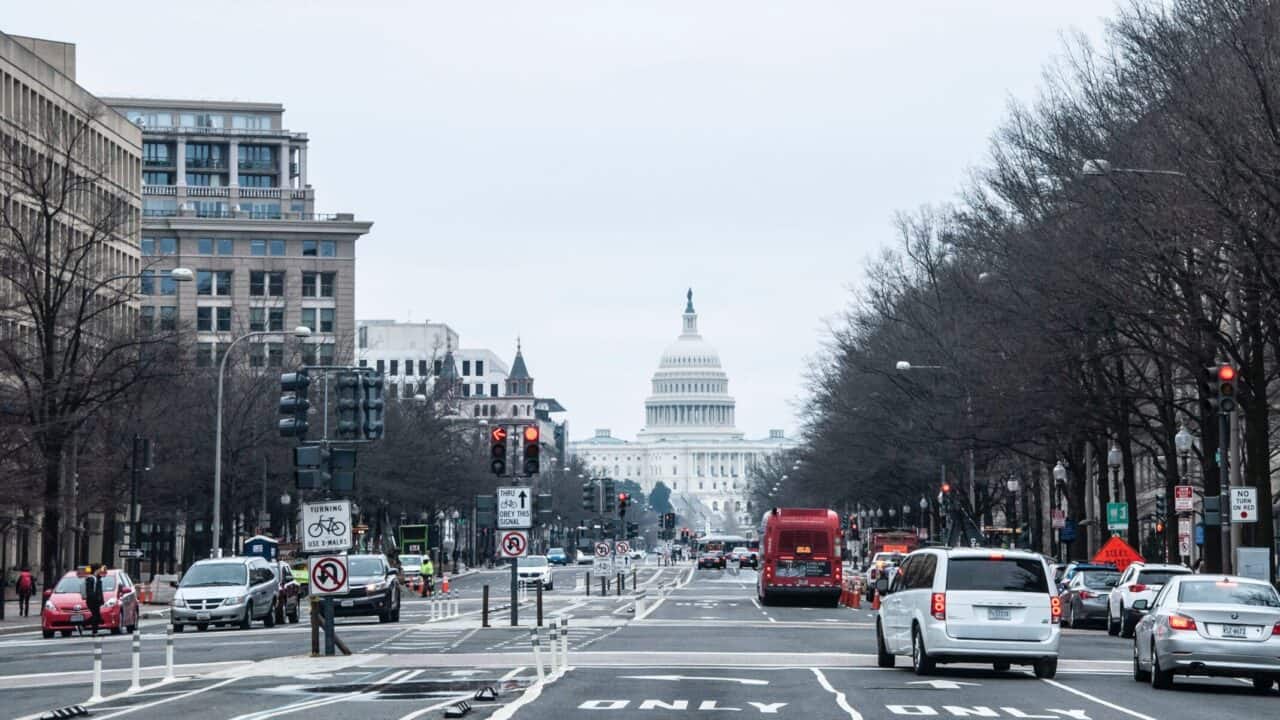 Photo by Maria Oswalt on Unsplash
Photo by Maria Oswalt on Unsplash
Last week, Treasury Secretary Janet Yellen announced that the U.S. had reached its debt limit. While Democrats have argued that Congress should pass a debt ceiling increase without any conditions, Republicans are taking the lead in reining in out-of-control spending.
Conservative lawmakers and advocacy groups have now begun circulating potential reforms to include in debt limit legislation. One proposal that has been gaining momentum in these discussions is the Responsible Budget Targets Act (RBTA), proposed by Senator Mike Braun (R-Ind.) in the Senate and Majority Whip Tom Emmer (R-Minn.) in the House.
The RBTA would gradually rein in spending by implementing flexible budget caps for all non-interest spending, thus closing the gap between current spending and revenue in about 12 years.
The dynamic formula established in the bill provides for how much Congress may spend each year and fluctuates with the growth or shrinkage of the gross domestic product (GDP). In the case of an emergency, lawmakers could spend immediately to address the crisis without any offsets. However, the bill requires this spending to be offset over the following six years.
Kurt Couchman, a senior fellow in fiscal policy at Americans for Prosperity, explains how this proposal echoes the successful Swiss budget model and has gained bipartisan support in the past:
“Their proposal echoes Switzerland’s successful “debt brake:” spending and revenue balance in the medium term, not every year. In addition, RBTA’s focus on primary balance excludes interest costs and is far more realistic than full balance. The RBTA also bears some similarity to a “business cycle balanced budget amendment” that once counted 45 Republican and 14 Democratic cosponsors, from across the political spectrum.”
In this way, a reform like the RBTA could gain some bipartisan support from members of Congress. After all, a Democrat-controlled presidency and Senate must approve of whatever debt limit legislation House Republicans put forward.
Further, because politicians inevitably want money to spend, tying a budget cap to GDP creates a stronger incentive for lawmakers to promote economic growth. Lawmakers and regulators would be disincentivized from stunting the economy through higher taxes and more burdensome regulations – if they slow growth, they won’t have the money to fund their pet projects.
Spending reduction is imperative. These past few years, the consequences of the federal government’s out-of-control spending hit Americans where it hurt. Excessive spending led to historic levels of inflation. In 2022, these policies cost the average American family about $7,100 in inflation and higher interest rates, according to a report by the Heritage Foundation.
This is largely why the public is supportive of a conditional debt ceiling increase. A recent Harvard-Harris poll found that 63 percent of Americans want Congress to raise the debt ceiling “only with constraints” on future spending. A whopping 46 percent of Democrats agreed.
At this point, all spending restraint options are on the table. Of these current options, the RBTA seems to be well-positioned to gain bipartisan support and provide an effective mechanism to reduce spending.

